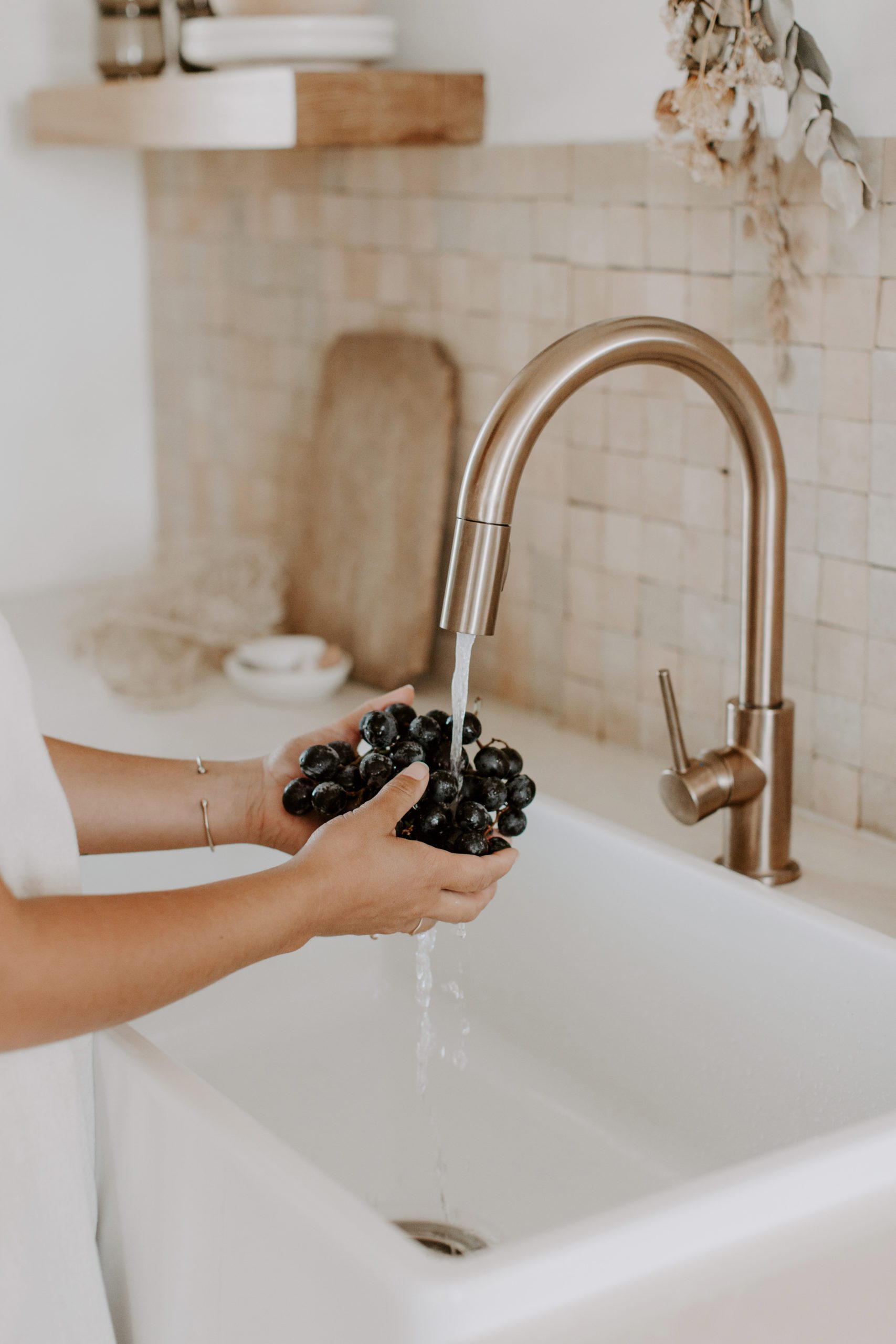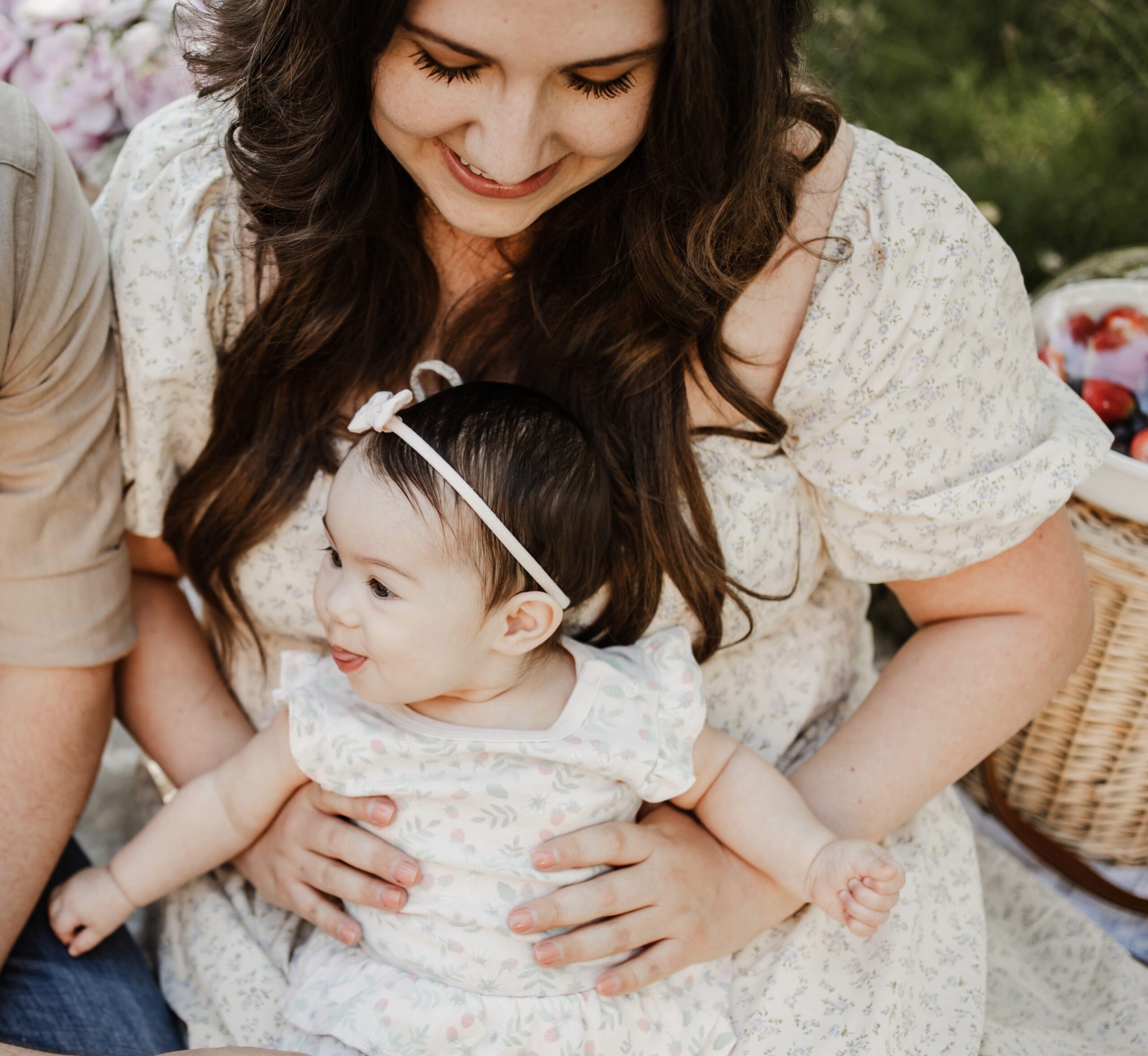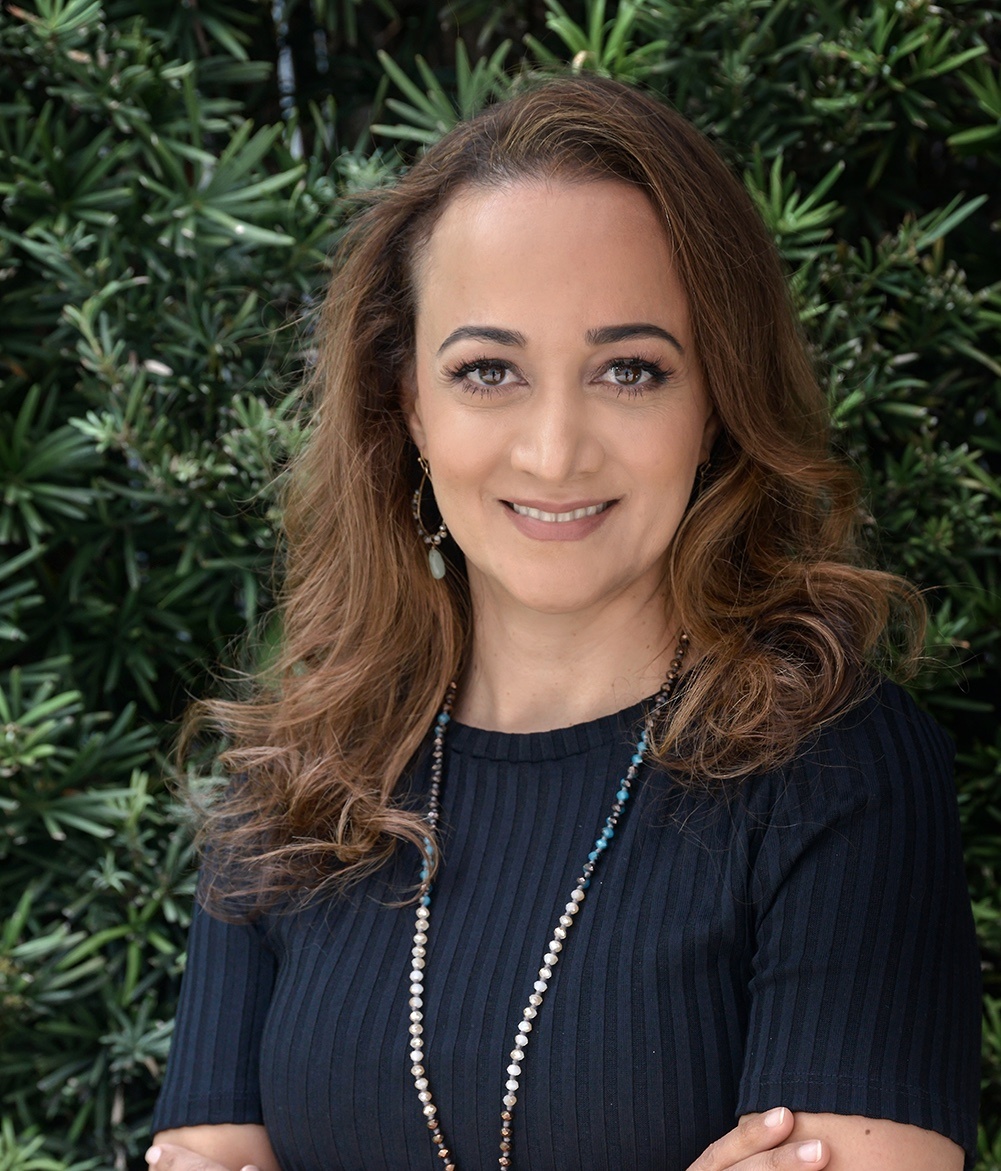Did you know that there are more than 10,000 chemicals used in cosmetics products alone? Now that doesn’t mean they’re all bad, but the problem is some of these chemicals are considered toxic and can cause harmful side effects. You’re probably thinking, “but wait a minute, I’m sure all the products on the shelves are safe right?” Wrong! Unfortunately the regulations to keep unsafe products out of the hands of consumers are in serious need of updating. So what does that mean for you and your fertility?
Many products on the market contain endocrine disrupting chemicals, meaning that these toxic chemicals can interfere with your endocrine system, which is your body’s hormone messenger system. Essentially, it’s responsible for signaling various cells and organs in your body to create hormones. When this communication network is disrupted, it can cause negative health effects throughout your body. In a women, it can interfere with ovulation, hormone production, disturb the immune system, and disrupt the delicate balance of your cycle, resulting in impaired fertility and difficulty getting pregnant. If you’re pregnant, or already have children, these chemicals can even cause neurodevelopmental delays.

Below is a list of the top 6 toxic ingredients I recommend avoiding if you are trying to get pregnant. I’ll explain why there are harmful and what products they are most commonly found in. As always, the Environmental Working Group (EWG) is a great resource to help you source safe products for you and your family.
BPA
Why It’s Harmful: BPA, or Bisphenol-A is a synthetic estrogen used to make plastics. It’s been linked to brain and learning impairment, diabetes, obesity, breast and prostate cancer, thyroid disruption, hormone disruption, early puberty, changes to egg and sperm development, and genetic alterations that can be passed on to future generations.
Commonly Found In: Receipts, plastic water bottles, plastic tupperware, canned food, hard plastics, epoxy resins, and sealants.
Formaldehyde
Why It’s Harmful: A commonly used preservative and a known carcinogen linked to cancers, skin irritations, asthma, flu-like symptoms, eye, nose, and throat irritations.
Commonly Found In: Brazillian Blowouts/hair straighteners, plywood, particleboard, laminate flooring, preservatives, cosmetics, automobile exhaust, tobacco smoke, furniture, cleaning products, air fresheners, glues, paints, detergents, and cabinets.
Parabens
Why It’s Harmful: A type of preservative to increase the shelf life of a product that can disrupt hormones, harm reproductive organs, lower antral follicle count, affect birth outcomes, increase the risk of cancer, and even alter the expression of genes.
Commonly Found In: Shampoos, conditioners, deodorants, toothpastes, sunscreen, moisturizers, personal lubricants, cosmetics, cleansers, and even some food.
Pesticides/Herbicides
Why It’s Harmful: Chemicals designed to kill living organisms such as insects or weeds, remaining on food even after washing, cooking, and even peeling. They have been linked to cancer, cognitive and behavioral problems, sperm damage, hormone disruption, and even the feminization of male frogs.
Commonly Found In: Non-organic foods, especially those from the “dirty dozen” list, drinking water, and drifting in the air from nearby fields.
Phthalates
Why It’s Harmful: Plasticizers added to increase flexibility that has been linked to the death of testicular cells, lung, liver, and kidney damage, reproductive system damage, prenatal exposure can lead to learning, attention, and behavioral disorders in children, harm brain development, and even ADHD.
Commonly Found In: plastic food containers, plastic toys, personal care products, perfume, nail polish, hair spray, soap, moisturizers, pads, shampoo, detergents, wood finishes, lubricants, plastic plumbing pipes, and food packaging.
Isn’t it alarming to know that these chemicals, known to cause negative health side effects, are allowed into the products we use on a daily basis? The good news is that there are plenty of alternatives that are high quality, non-toxic, but more importantly SAFE to use. If you’re interested in learning more click here to download a free guide with all my fertility friendly products.
I’d love to hear what you think! What was the most surprising thing you learned? What non-toxic products do you love to use?
If you’re looking for additional support on your fertility journey, be sure to download the Fertility Affirmations Meditation I created just for you. It’s completely FREE and will provide you with a sense of comfort all while helping to reignite your belief in your ability to get pregnant naturally.






